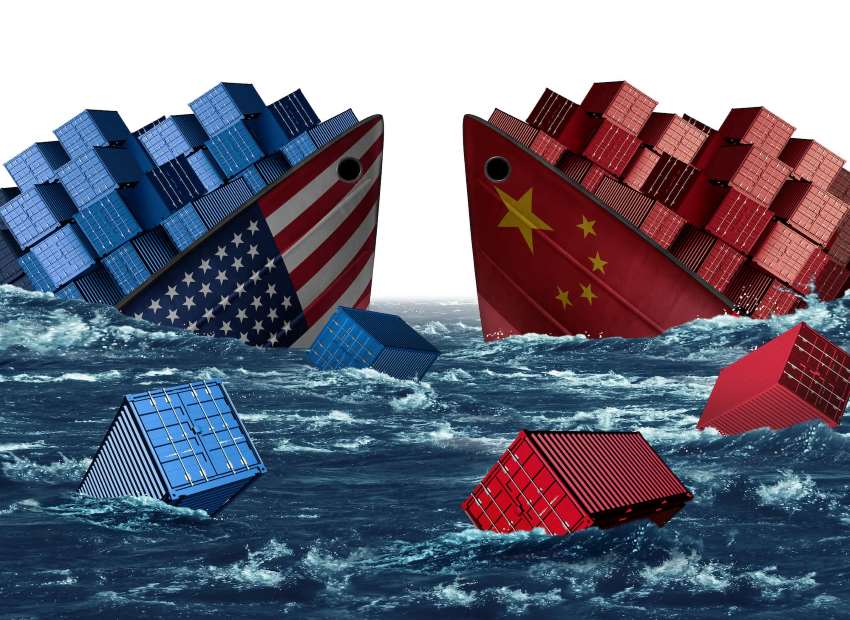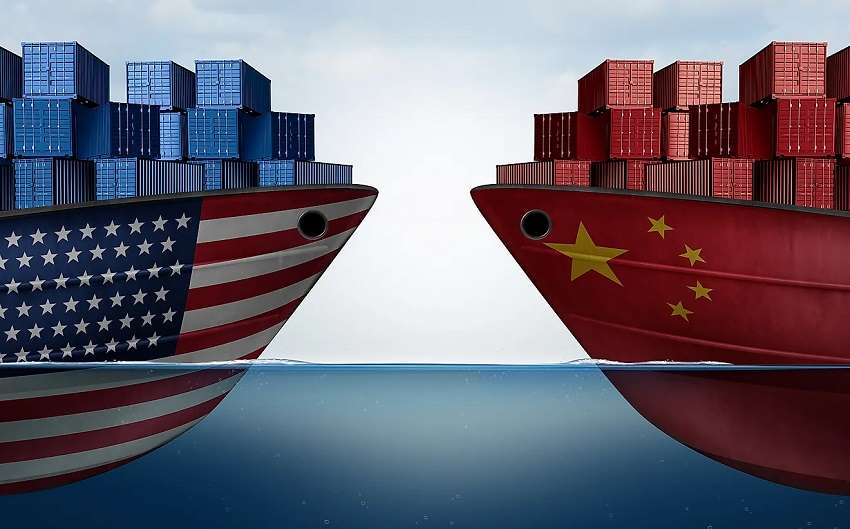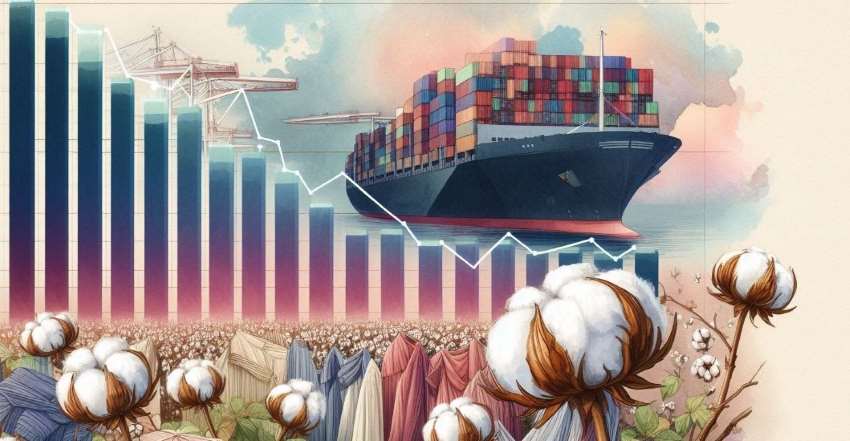Denim, a fixture of the apparel industry and a wardrobe staple for millions around the world has become an area of concern linked to a number of sustainability issues. Water is extensively used in the supply chain, beginning in the fields where cotton, denim’s raw component, is grown. It takes over 20,000 liters of water to produce a kilogram of cotton, roughly equivalent to just one T-shirt and a pair of jeans.
Denim production often involves the use of chemicals. Irresponsible use and disposal of dyes or chemicals used in the production process can have devastating environmental consequences. Chemicals that have not been properly treated before disposal can lead to serious pollution problems. Rivers in China have turned blue due to wastewater from dyeing being dumped directly into the water.
Denim has also been associated with labor injustices along the entire supply chain. On the production floor, sandblasting—a process used to make denim look more worn and faded—can seriously damage workers’ health and lead to silicosis, a potentially lethal pulmonary disease. This risk becomes even greater when sandblasting is performed without proper equipment. While Turkey banned the practice in 2009, sandblasting has since moved to less regulated countries such as Bangladesh, China, Pakistan, and Egypt.
Denim production a sustainability issue across the globe
- 1
- 2
- 3
- 4
- 5
- 6
- 7
- 8
- 9
- 10
Denim’s DIY Revolution: Customization, on-demand shaping global jeanswear segmen…
At a time where individuality and self-expression reign supreme, the denim and jeanswear industry is witnessing an unprecedented shift toward... Read more
Bangladesh vs Vietnam who scores higher as global apparel supplier
The global apparel market is witnessing a fascinating competition between Bangladesh and Vietnam, each vying for dominance after China. Data... Read more
China's shifting export dynamics and the declining importance of the US market
A recent analysis by David Birnbaum reveals a significant shift in China's export focus, specifically concerning the US’ as a... Read more
Apparel demand remains strong, but economic clouds loom: Wazir Advisors report
Wazir Advisors April 2025 ‘Apparel trade scenario in key global markets and India’ captures the evolving dynamics of global apparel... Read more
Vietnam and India eye mutual gains amidst global trade shifts
At a time of evolving trade policies and geopolitical uncertainties, Vietnam and India are looking to deepen their cooperation in... Read more
US tariffs spark Chinese resurgence, domestic focus intensifies
The recent escalation of reciprocal tariffs between the US and China has sent ripples through the global fashion, apparel, and... Read more
South Korea's apparel market undergoes a budget revolution
South Korea's fashion market is seeing growing demand for affordable and functional apparels. This shift is challenging the dominance of... Read more
Spreading the Bets: India’s need to create a new textile export map
India’s textile and apparel sector, finds itself entangled in a rapidly shifting global trade environment. As geopolitical uncertainties and reciprocal... Read more
As US consumer confidence crumbles it casts a looming shadow over fashion spendi…
A chilling wave of pessimism has swept across the US, with consumer sentiment falling to levels unseen since the depths... Read more
The denim-cargo conundrum, a global tug-of-war in casualwear
The world of casual apparel, once a clear-cut battleground between denim's enduring legacy and the utilitarian surge of cargos, is... Read more












